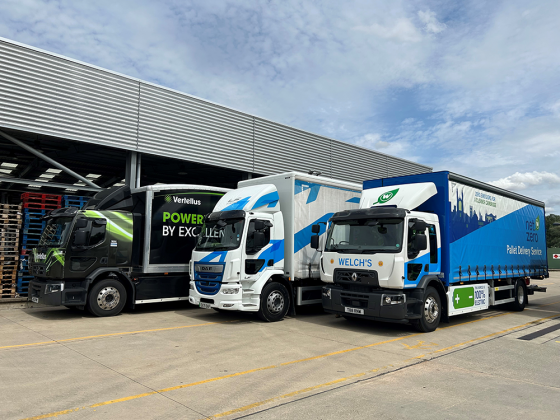LowCVP’s Andy Eastlake: The power of the media and warnings of energy apocalypse

The steady stream of recent announcements about electric vehicles has created a sense of excitement that a plug-in future is just around the corner. But some in the media have responded by publishing lurid (but eye-catching – which I suppose is the point) headlines about blackouts and other dystopian side-effects from the change
After the publication of the National Grid’s Future Energy Scenarios (emphasis on the words ‘future’ and ‘scenarios’), August was peppered with doomsday headlines about the lights going out every time you plugged in your electric toothbrush unless we build gazillions of new nuclear power stations.
The media immediately pounced on the fact that future EVs will have bigger batteries (they almost certainly will), possibly with a capacity of 90kWhr, which would take all day to charge (which they would from the current domestic 7kW chargers). Therefore, they jumped to the idea that consumers will be getting 11kW or even 22kW chargers (they won’t) and thus tripping the fuses every time they make a cup of tea.
There was one glaring omission in all the hysteria; that fundamental fact about how much we actually drive. A typical annual mileage of 10,000 miles equates to around 45 miles per day.
That requires about 10kWhr of electricity, or around three hours of standard 3.5kW charging. Fairly easy to deliver comfortably in today’s homes. (I should know; that is what I have and is roughly what I do).
Put another way, a high power 7kW home charger can give you about 230 miles from an overnight charge (if you have an empty 50kWh battery). Five days a week for a typical working year, gives about 50,000 miles annually. How many of us do that mileage?
(Of course, were we to increase our travelling by anything like that, gridlock would ensue and limit the possibility of further motoring, well before we got to 50k!) Yes long journeys will need a robust and ‘very rapid’ charging network, (in bespoke sites) but is providing the average motorist with a convenient slow charge perhaps more of a priority to create uptake? PHEV/REEV are currently twice as popular as BEV, and it is probably telling that over 70 per cent of BMW i3 on UK roads are the range-extended version.
The media response to its Future Energy Scenarios report was such that National Grid was prompted to take the unusual step of publishing a ‘mythbuster’ to clarify some of the misconceptions its original report had generated. The ‘mythbuster’ said that, in reality, the introduction of ‘smart charging’, energy storage and other demand-side responses will dramatically change the outlook for electricity demand, smoothing the peaks and troughs.
National Grid might also have added that, currently, the average mileage of a petrol car in the UK is less than 6,500 miles, and for diesel less than 11,000 miles. Plug-in vehicles can deliver the utility we need and the grid can deliver the electricity we need.
We will have to work in partnership to make sure the complete system works ‘smartly’ and having models and data from which we can build our plans is a very sensible step. What isn’t helpful is a sensationalist media threatening that there won’t be enough electricity left to boil my afternoon cuppa!






